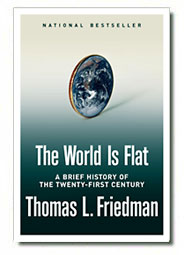The news channels do not have any innovation, except while
manipulating facts. There is news breaking every hour. And if it is
so, why label them as breaking? All it would do (and has done) is to
get people ignore the breaking stuff and focus on news that did not go
broke! (pun intended)
While coming to office on my last day at Rallis, I found an
interesting article which mentioned about three events that got a lot
of media attention. To start with, what do Sania Mirza and Khushboo
have in common? The answer is very simple, both of them were condemned
by the moral police for saying things that are degrading to the 20000
year old culture and tradition.
Here comes the twist? What do the above two celebrities have in common
with the big B? that's not a question asked in any KBC, I know its
difficult. So his company ABCL also got condemned by the women
activists when Miss India celebrations were held in the garden city of
Bangalore way back in 1996.
There are more such analogies, you might say. But the most interesting
thing is that the protestors (or rather allegators!!) disappeared
after the brouhaha. Interesting, isn't it?
Now the facts: Protesting against the apparent abuse of the Indian
womanhood, the body of women was to set themselves ablaze if the event
happened in India. And as expected, security personnel including para
military forces were employed to keep the city under control. Naka
bandis every where, media went into a frenzy, and there were lots of
news breakages. At the end of it, no self immolation. The women
disappeared into the thin air. The miss world event did take place, at
the cost of creores, and this was billed to none other than ABCL.
There was no verification regarding the authenticity of the women, or
the cause they worked for.
Something similar happened in the recent Khushboo and Sania
controversy. Finally, it came out that it was a case of television
rivalry and a game of bad politics.
In sania's case, News and views apart, there was a good scope for
imagination. Disregarding the facts (read statements), someone's
imagination brought out reports that had little to do with Sania's
verdict.
What does this all lead to? Is it that we Indians are so gullible that
anyone can take us for a ride? Or is it that we worship the media, and
consider every word they utter as messages from God. And why do we
have to react on such breaking news, which have little fact behind
them?
